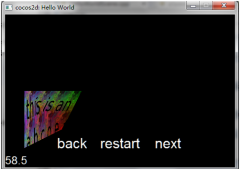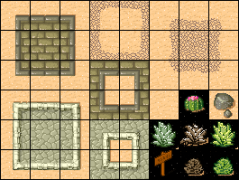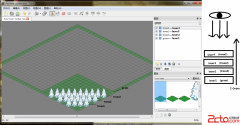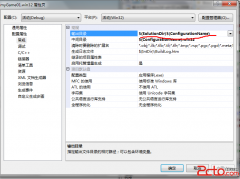ReactiveCocoa (2) map,filter,fold
关于 ReactiveCocoa,首先需要了解三个概念:map,filter 和 fold。
Functional Programming with RXCollections
One of the key concepts of functional programming is that of a “higher-order function”.
Accordingto Wikipedia, a higher-order function is a function that satisfies these two conditions:
? It takes one or more functions as input.
? It outputs a function.
In Objective-C, we often use blocks as functions.
Use CocoaPods to install RXCollections in your project. In your application:didFinishLaunchingWithOptions: method,do some code,create the array first.
NSArray *array =@[@(1),@(2),@(3)];
Map:遍历
map(1,2,3)=>(1,4,9)
using RXCollections:
//map
NSArray *mappedArray = [array rx_mapWithBlock:^id(id each) {
return @(pow([each integerValue], 2));
}];
NSLog(@"%@",mappedArray);common:
NSMutableArray *mutableArray = [NSMutableArray arrayWithCapacity:array.count];
for (NSNumber *number in array) {
[mutableArray addObject:@(pow([number integerValue], 2))];
}
NSArray *mappedArray = [NSArray arrayWithArray:mutableArray];Filter:过滤
Filtering a list just returns a new list containing all of the original entries,
minus the entries that didn’t return true from a test.
using RXCollections:
//filter
NSArray *filteredArray = [array rx_filterWithBlock:^BOOL(id each) {
return ([each integerValue]%2 == 0);
}];
NSLog(@"%@",filteredArray);common:
NSMutableArray *mutableArray = [NSMutableArray arrayWithCapacity:array.count];
for (NSNumber *number in array) {
if ([number integerValue]%2 == 0) {
[mutableArray addObject:number];
}
}
NSArray *filteredArray = [NSArray arrayWithArray:mutableArray];
Fold:组合
it combines each entry in a list down to a single value. For this reason, it’s often referred to as “combine”.A simple fold can be used to combine the integer values of each member of our array to calculate their sum.
//fold
NSNumber *sum = [array rx_foldWithBlock:^id(id memo, id each) {
//memo : return value of the previous invocation of the block (the initial value is nil).
return @([memo integerValue] + [each integerValue]);
}];
NSLog(@"%@",sum);Another test:
[[array rx_mapWithBlock:^id(id each) {
return [each stringValue];
}] rx_foldInitialValue:@"" block:^id(id memo, id each) {
return [memo stringByAppendingString:[each stringValue]];
}];you can NSLog,is @“123”.
Conclusion:
We also saw, in the last example, how we can chain operations together to get a more complex result.
相关新闻>>
- 发表评论
-
- 最新评论 进入详细评论页>>

![cocos2d_x+lua[2]](/uploads/allimg/131030/110J64609-0-lp.jpg)








